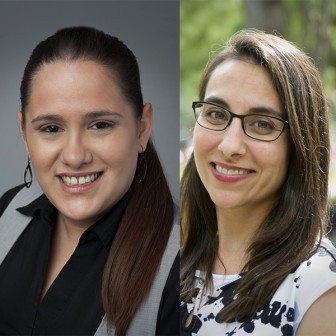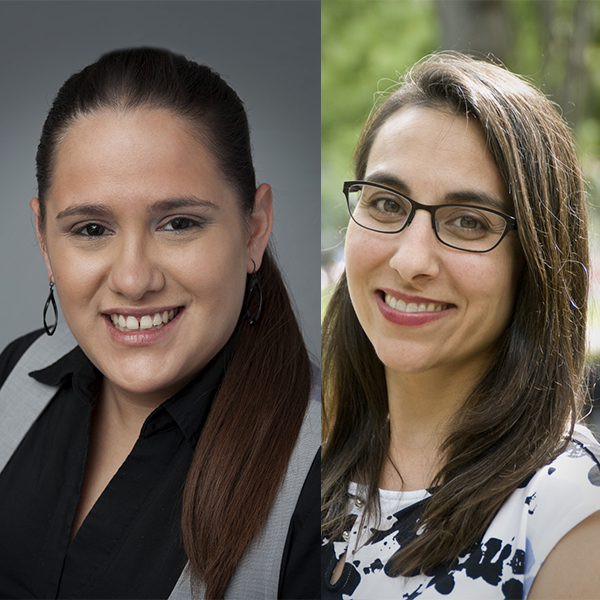 Juvenile justice systems have an unprecedented opportunity to utilize advances in knowledge about adolescent development and protecting public safety. The evolution of positive youth development (PYD) approaches and the heightened investment in risk and needs assessments are a prime example.
Juvenile justice systems have an unprecedented opportunity to utilize advances in knowledge about adolescent development and protecting public safety. The evolution of positive youth development (PYD) approaches and the heightened investment in risk and needs assessments are a prime example.
Taken on the surface, risk and needs assessments inherently undermine the principles of PYD. But, when used intentionally and carefully, using risk and needs assessments within a PYD framework could ensure better outcomes for youth and communities.
Positive youth development is an approach to juvenile justice that is gaining traction in juvenile justice agencies. All jurisdictions may not do it perfectly, but, as an approach, it is far superior to a corrections or medical model. The positive youth development approach means that youth are treated as assets, not victims or as broken people meant to be fixed. Strengths should be leveraged to overcome challenges and a young person should be actively engaged in their own treatments.
Risk and needs assessments also play an increasingly significant role in how youth are treated in the juvenile justice system. With initiatives like JDAI and Models for Change widely encouraging the use of risk and needs assessments, they may well have played a role in the decrease in the number of youth in confinement nationally, which fell 48 percent, from 103,608 in 2001 to 53,462 in 2013.
Numerous states and jurisdictions use them at various phases of the juvenile justice system, including in diversion, placement and programming. They can provide cover for policymakers and government agents, limit subjective decision-making that can lead to out-of-home placement and inform resource allocation within a system.
 By looking at factors that do not change (e.g., offense history) as well as those that do (e.g., association with delinquent peers), risk and needs assessments generate a level of risk and need that are meant to be used in deciding a young person’s level of supervision as well as the treatment they should receive. Taken at face value, risk and needs assessments can be helpful in aiding juvenile justice practitioners to make the most informed decisions about the youth that come before them.
By looking at factors that do not change (e.g., offense history) as well as those that do (e.g., association with delinquent peers), risk and needs assessments generate a level of risk and need that are meant to be used in deciding a young person’s level of supervision as well as the treatment they should receive. Taken at face value, risk and needs assessments can be helpful in aiding juvenile justice practitioners to make the most informed decisions about the youth that come before them.
Unfortunately, by the nature of their purpose and the science on which they are based, risk and needs assessments do nothing to promote the idea that youth are assets with strengths. By default these tools are intended to predict a youth’s risk of committing another offense or the deficits that may lead to their negative behaviors.
This means these tools place an emphasis on the likelihood that youth might fail, rather than focusing on a young person’s ability to succeed. While some assessments may include protective factors — factors in a youth’s life that are working in their favor and could potentially counterweigh a risk factor — they are usually secondary and not included when determining final level or range of risk and need.
[Related: OP-ED: Community Engagement as a Key to Juvenile Justice Reform]
This tension creates quite the dilemma for jurisdictions that might be trying to implement risk and needs assessments effectively while also adopting a positive youth justice approach.
Solely relying on risk and needs levels to be the end-all and be-all of how a youth processes through the system sends the message that youth in the system are risky, needy people who have minimal chances to succeed. Imagine missing out on leveraging a positive relationship between a youth and their sibling because the risk and needs assessment identified “family criminality” as a contributing factor to their delinquent behavior. Under positive youth development, that relationship would be seen as an avenue for that youth’s success.
Risk and needs assessments carry with them a host of other cautions that while not strictly impediments to implementing PYD also do not smooth the way:
- Risk and needs assessments are an estimation of risk and need, not a set of certainties. A risk score does not automatically and definitively mean a young person will commit another offense.
- They may be objective, but they are not necessarily neutral and there is evidence that youth of color, in particular, are disproportionately found to have higher risk and need levels. For example, it is not uncommon to expect that youth of color will yield a higher risk level if the factors used to calculate that risk are factors that already disproportionately affect minorities (e.g., more likely to be arrested because of where police are deployed, ratcheting up their history of arrests or living in an impoverished or high-crime neighborhood).
- The results of a risk and needs assessment, whether they change or not, are not the same as youth outcomes. Because the results of risk and needs assessments can change and a risk or need level may be lowered, it doesn’t mean that they are indicators of a positive outcome for a young person. For example, a change in risk score from high to medium-high is not an indicator of a positive outcome for a young person in the same way as the completion of an academic grade or a move back to the family home.
Perhaps most important, risk and needs assessments are not one-shot assessments. They cannot be implemented once and then forgotten. Their use involves constant training, oversight and monitoring. Far too many jurisdictions implement risk and needs assessments and then don’t do effective oversight to make sure they are being used consistently or correctly. The danger is that young people who do not need to be confined are, youth who do not need services are getting them, and youth who do need services are not, all at the risk of the young person’s ability to succeed and the community’s safety.
All these challenges are not reasons to abandon risk and needs assessments, but are an opportunity to do it right, using PYD as a compass for implementation and oversight. Risk and needs assessments should be used within a system of decision-making tools, including the discretion of judges, case managers, service providers and other assessments (i.e. mental health, educational/vocational and functional assessments). Most importantly and to be consistent with PYD, decisions should only be made with the input of families and the youth themselves.
By leveraging a youth’s protective factors and ensuring that their treatment needs are connected to positive youth development components (e.g., positive experiences, positive relationships and positive environments), jurisdictions utilizing both these advances can strike a balance and a complementary approach that provides young people with the support and services they need. It is not a matter of weighing the risk and needs assessments with PYD, but rather using both effectively to further reduce the number of youth in confinement, help youth succeed and make communities safer.
Jennifer Carreon is a former policy researcher for the Texas Criminal Justice Coalition’s Solutions for Youth Justice project. Amanda Petteruti is senior research associate at the Justice Policy Institute.
More related articles:
OP-ED: “It’s About Scarcity, Stupid”: Youth Development Needs Bigger Public Investment
